That wagging tail might be lying to you.
Dogs are masters of disguise. While they grin, bounce, and nuzzle like everything’s fine, their bodies may be screaming, “I’m overwhelmed!” Stress doesn’t always show up in whines or whimpers—it hides in tiny twitches, subtle stares, and awkward posture.
You could miss the signs in a blink.
And that’s exactly why so many dogs suffer in silence.
Behind those happy eyes might be confusion, tension, or even fear—and unless you’re watching closely, you’ll never know.
Let’s decode the quiet signals. Your pup is trying to tell you something.
Excessive Yawning
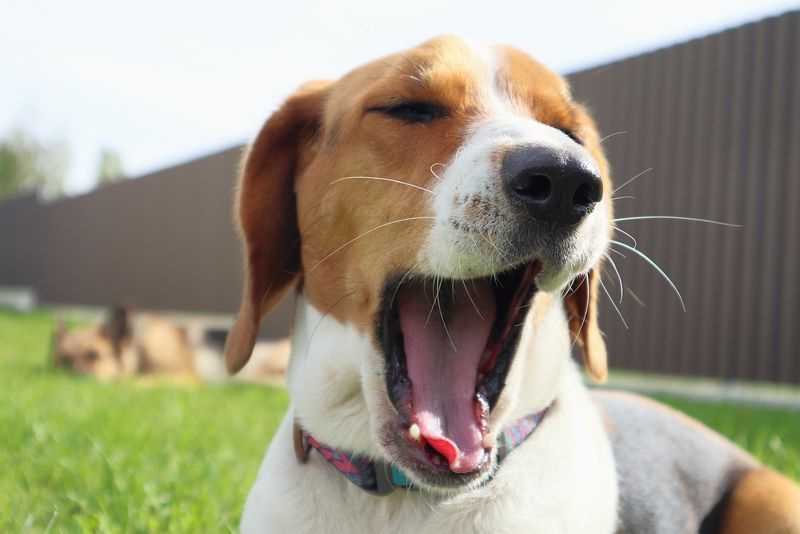
Yawning is not just a sign of tiredness in dogs; it can also indicate stress. When your dog starts yawning excessively, especially in situations where they shouldn’t be sleepy, it could be a sign they are feeling anxious. This type of yawning often looks more intense and prolonged than the typical tired yawn.
If your dog is in a new environment or around unfamiliar people and yawning frequently, they might be trying to calm themselves. Recognizing this signal can help you take steps to comfort and reassure your pet.
Licking Lips
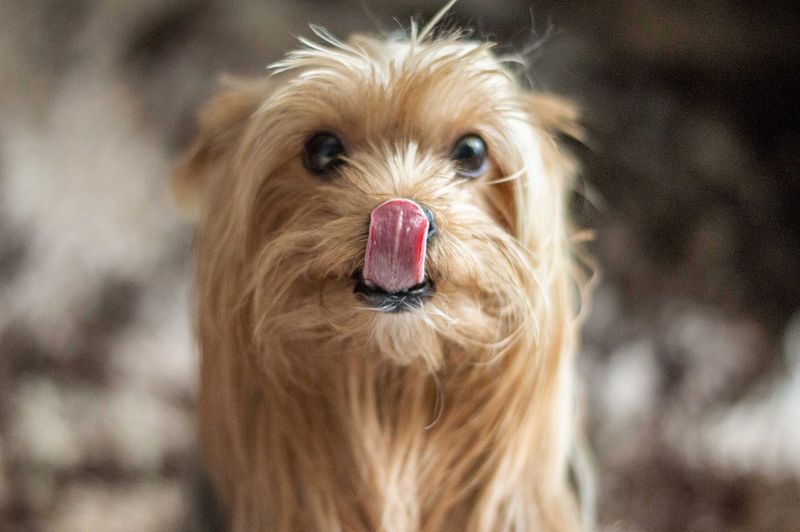
Licking their lips can be a subtle sign that your dog is feeling uneasy. Dogs often lick their lips when they are nervous, especially in situations that are new or perceived as threatening. This action is an automatic response aimed at soothing themselves.
If you notice your dog licking their lips frequently in conjunction with other stress signals, like pacing or whining, it might be time to remove them from the situation or offer a comforting distraction. This behavior is often overlooked, but it’s a clear indicator of stress.
Panting
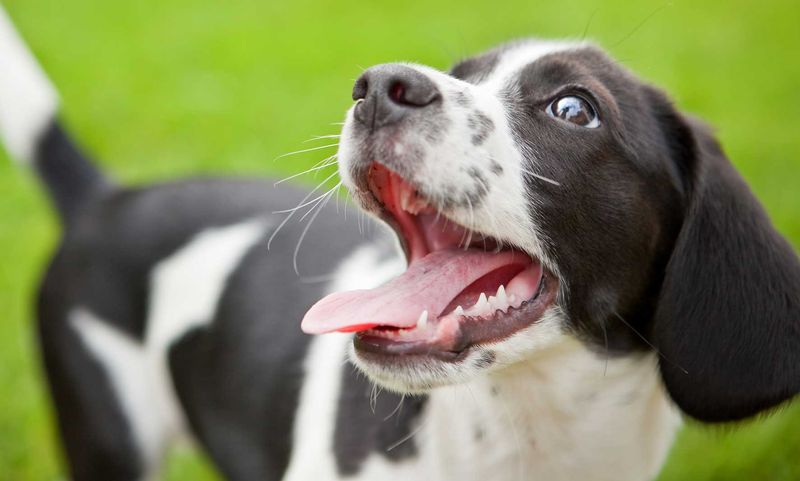
Panting is a normal behavior for dogs, especially after exercise, but when it occurs without any physical activity, it can be a sign of stress. Dogs will pant when they are hot, but stress-induced panting can occur in a cool environment and is usually accompanied by other signs like pacing or whining.
Observing the context in which your dog is panting can provide clues. If your dog pants excessively in a stressful situation, such as a visit to the vet, it’s a sign they may be feeling anxious about the environment.
Pacing
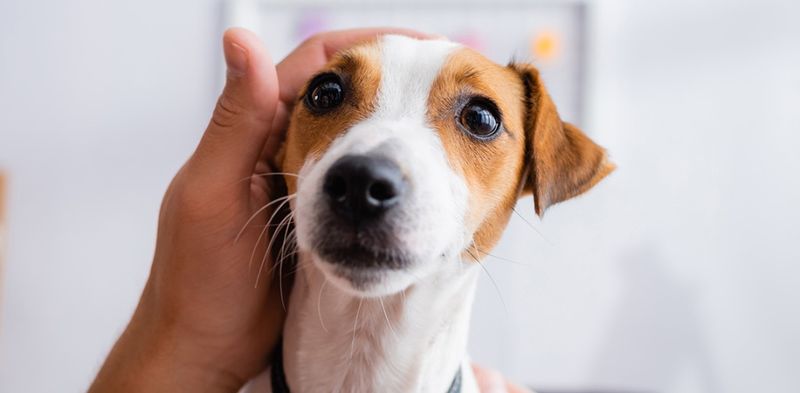
Pacing is more than just a simple walkabout; it can indicate that your dog is unsettled. Dogs will often pace when they are nervous or stressed, as this repetitive movement can help them cope with anxiety.
If your dog starts pacing in a place where they are usually relaxed, it might be time to assess what’s causing them discomfort. This behavior is common in environments with lots of noise or activity, and recognizing it early can help you provide the necessary comfort to your pet.
Tail Tucking

A tucked tail is one of the clearest signals that your dog is feeling stressed or scared. Unlike normal tail wagging, which indicates happiness, a tucked tail shows that your dog is trying to make themselves smaller to avoid detection or confrontation.
This behavior is often accompanied by other signs of stress, such as cowering or avoiding eye contact. When your dog tucks their tail under their body, it’s a sign that they need a reassuring presence or removal from a disturbing situation.
Whining or Barking
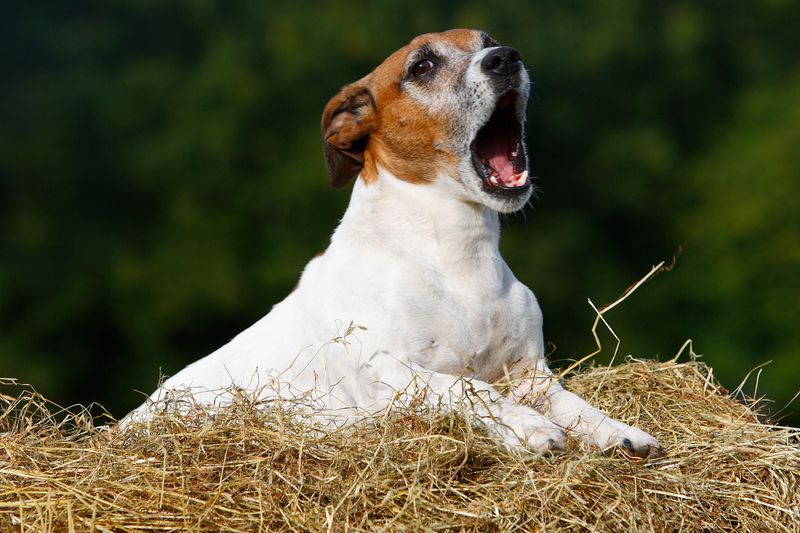
Whining or barking can be your dog’s way of expressing stress or discomfort. While barking is often associated with excitement or alertness, a stressed dog might whine or bark in a higher pitch than usual. This vocalization can occur if they feel confined or threatened.
Pay attention to the tone and frequency of your dog’s sounds. If it seems unusual or tied to a specific environment, it might be an indication that they are not comfortable. Offering comfort through touch or distraction can help alleviate their stress.
Cowering or Hiding
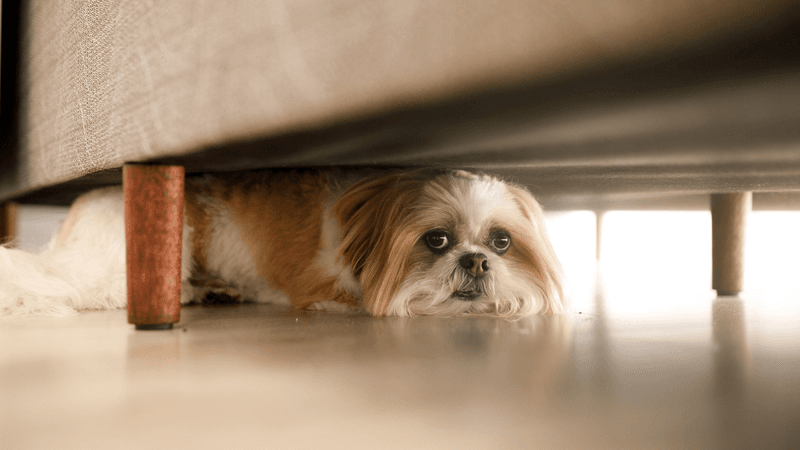
When your dog begins to cower or hide, it’s a tangible sign they are feeling overwhelmed. Dogs may retreat to a quiet, secluded spot when they sense danger or when they are unsure about their surroundings.
This behavior is an instinctual way for dogs to protect themselves. If you notice your dog consistently hiding during specific situations, it might be helpful to investigate what triggers their fear and work to create a more comforting environment.
Ears Back
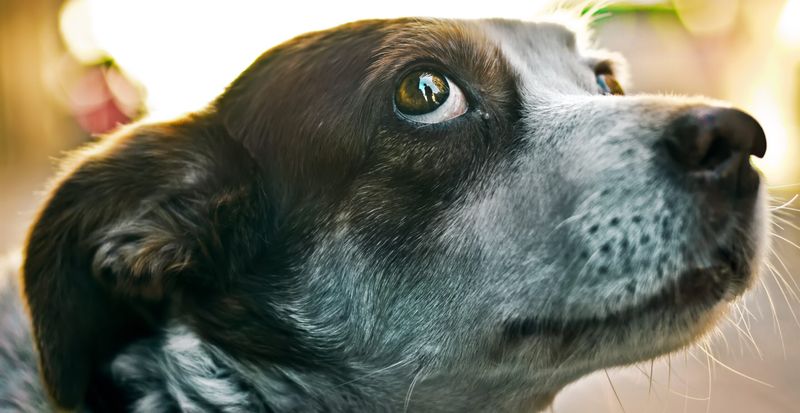
The position of a dog’s ears can be a telling indicator of their emotional state. Ears that are pinned back may suggest that your dog is feeling vulnerable or uneasy. This signal is often paired with other stress indicators, such as a lowered body posture or avoidance of eye contact.
Understanding your dog’s ear position in various contexts can help you gauge their comfort level and take appropriate action. Offering a calm voice or gentle touch can sometimes alleviate their unease.
Dilated Pupils
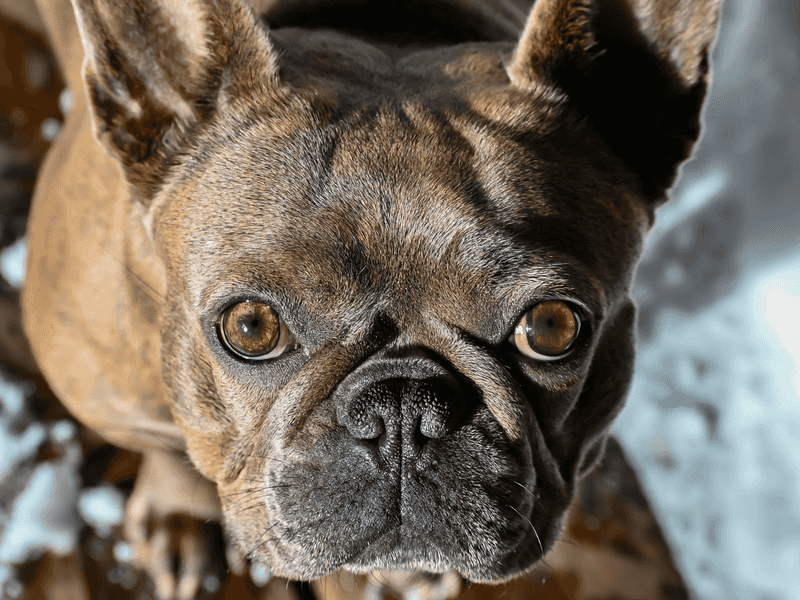
Dilated pupils are not only a response to changes in light but can also indicate stress or excitement. When a dog experiences an adrenaline rush, their pupils may dilate to help them take in more of their surroundings.
If you observe dilated pupils alongside other stress signals, such as trembling or hyper-vigilance, it’s likely your dog is feeling anxious. Being aware of this subtle change can help you take steps to calm them, whether through soothing words or creating a more relaxed environment.
Trembling or Shivering
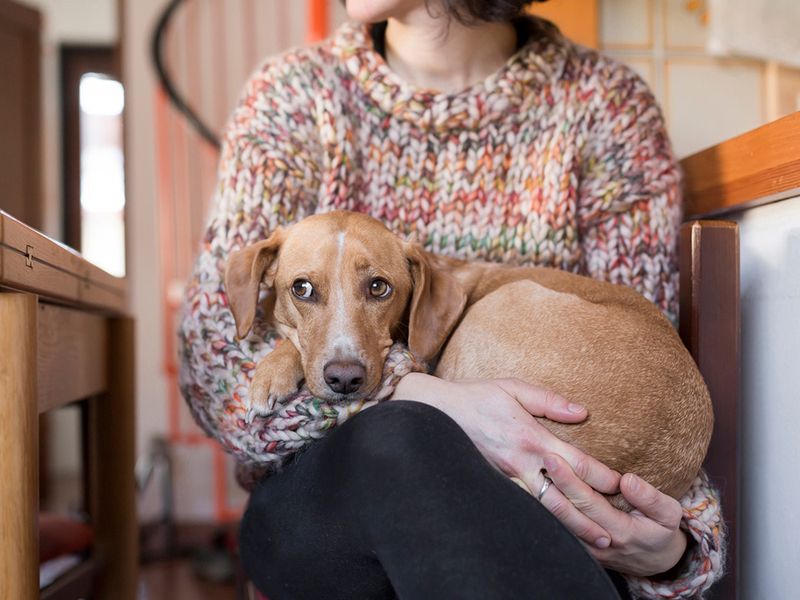
Trembling or shivering is not just a response to cold; it can also signal a dog’s stress. Dogs may shake when they are scared or experiencing high anxiety, similar to how humans might shiver when nervous.
If your dog starts trembling in a situation where they should feel safe, it’s a cue that they’re uncomfortable. This can happen during thunderstorms or when meeting new people. Providing a safe space or a comforting presence can help reduce their stress levels.
Loss of Appetite

A sudden loss of appetite can indicate that your dog is stressed. Dogs might refuse food when they are anxious or feeling unwell. If your typically food-loving pet starts ignoring meals, it’s time to take a closer look at their environment.
Stress-induced loss of appetite is often temporary, but if it persists, it might be advisable to consult a vet. Pay attention to other signs of stress to determine if this behavior is an isolated event or part of a larger issue.
Destructive Behavior

Destructive behavior, like chewing furniture or digging, can be an outlet for a dog’s stress. When dogs are anxious, they may channel their nervous energy into destructive acts, which serve as a distraction from their discomfort.
If your dog starts exhibiting destructive tendencies in your absence or during loud events, it’s a clear sign that stress is affecting their behavior. Offering toys or engaging them in activities can redirect this energy positively.
Avoidance
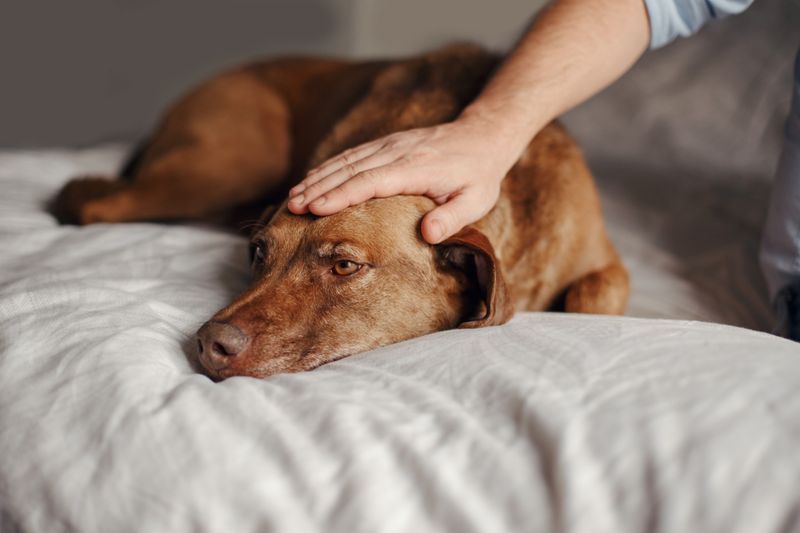
Avoidance is a lesser-known sign of stress, where a dog turns away from people or situations they find distressing. This behavior can manifest as ignoring commands or retreating when approached.
Dogs may avoid interaction if they sense tension or impending discomfort. Recognizing avoidance early allows you to address the underlying stressor and help your dog feel more at ease. Sometimes, giving them space is the best immediate response.
Hyper-vigilance
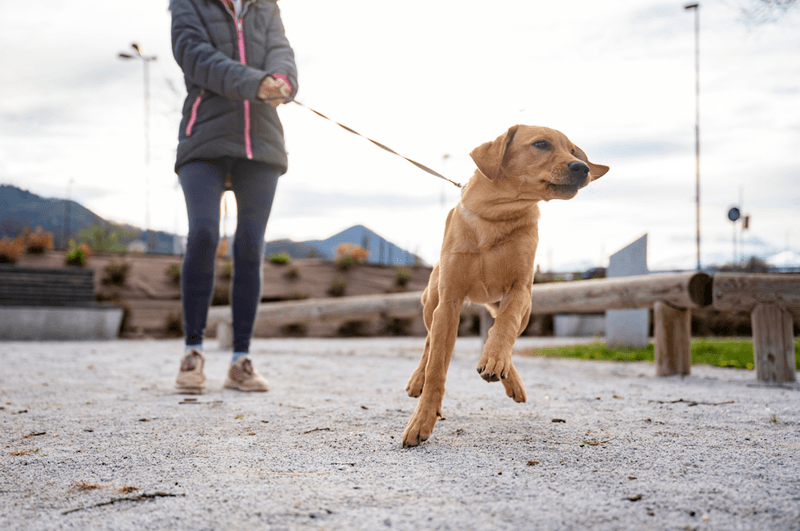
Hyper-vigilance is characterized by a dog’s heightened awareness of their environment, often expressed through intensely focused looks or scanning behavior. This state indicates that your dog is on high alert, possibly due to stress or fear.
Hyper-vigilant dogs tend to react more to sounds and movements, indicating they feel threatened or insecure. Recognizing this behavior helps in calming your dog by providing a stable environment or reassuring them with a gentle presence.

